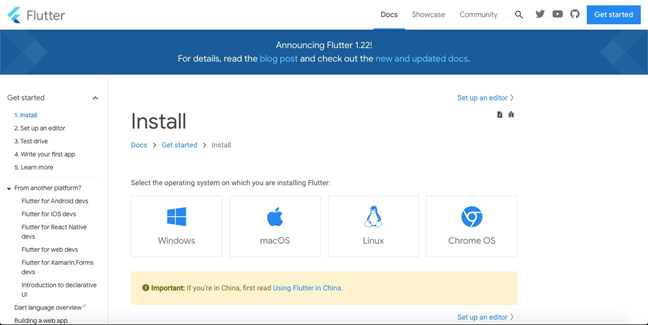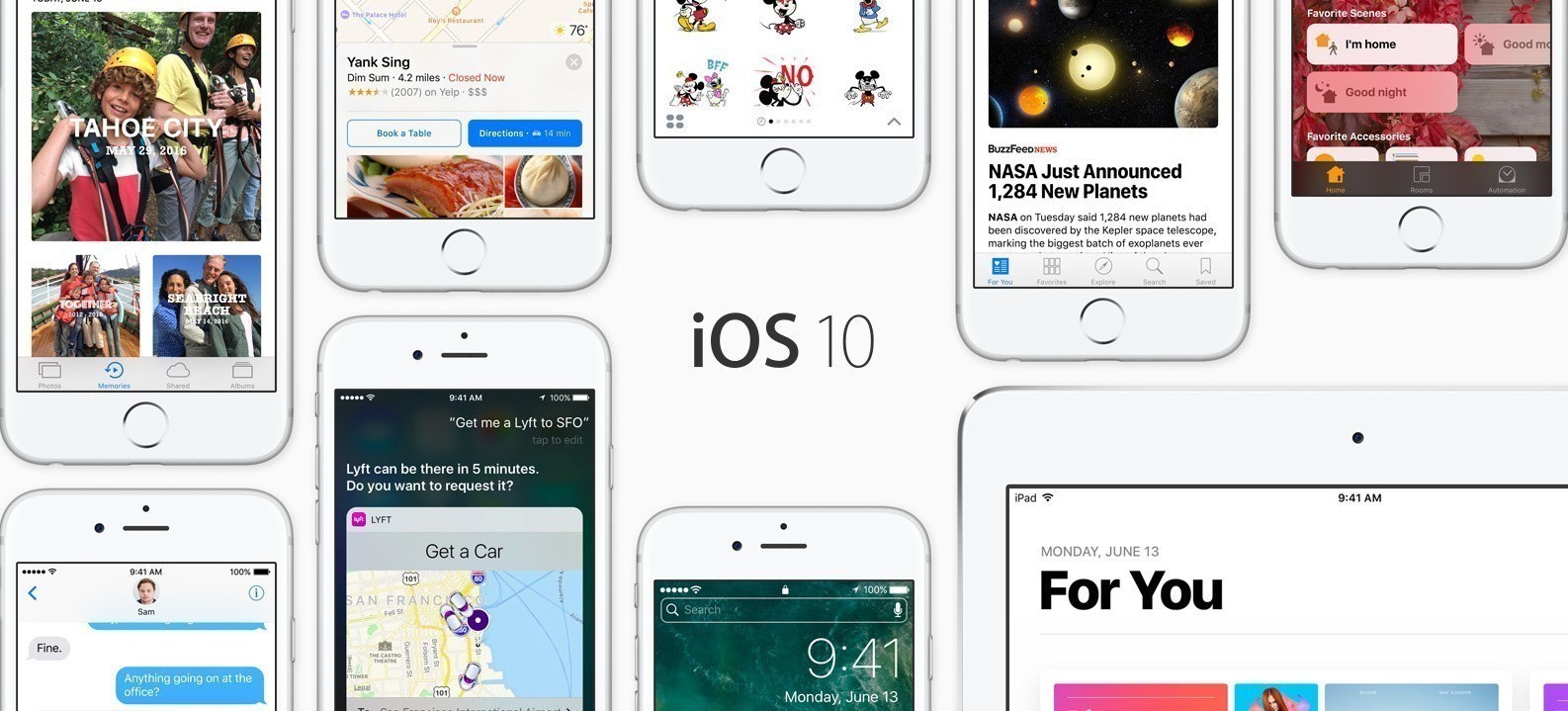Mac OS X comes with Python 2.7 out of the box.
Xcode for PC and Mac. Written by Apple. Category: Developer Tools Release date: 2021-06-21 Licence: Free Software version: 12.5.1 File size: 7.24 GB Compatibility: Available on Windows 10, Windows 8.1/8, Windows 7, Windows Vista and Mac OS 10-11 10.14.4.
You do not need to install or configure anything else to use Python 2. Theseinstructions document the installation of Python 3.

Xcode 4.3 reorganizes the Xcode menu to include development tools. Xcode 4.3.1 was released on March 7, 2012 to add support for iOS 5.1. 27 Xcode 4.3.2 was released on March 22, 2012 with enhancements to the iOS Simulator and a suggested move to the LLDB debugger versus the GDB debugger (which appear to be undocumented changes). Install MacOS Sierra 10.12 on VMware Step by Step Guide. I can’t get my iPhone connected to the VM Ware for deploying apps via Xcode. – Update to 10.12.2 is. Xcode 13 adds powerful new team development features, perfect for working with Xcode Cloud as well as with GitHub, Bitbucket, and GitLab collaboration features. Initiate, review, comment, and merge pull requests directly within Xcode. See your teammates’ comments right inside your code. Xcode is the tool developers use to build apps for the Apple ecosystem – MacOS, iOS, and all things Apple. This guide will walk you through how to successfully install Xcode onto your Mac, from start to finish. Here are some handy tips to know before you get started: Xcode only.
The version of Python that ships with OS X is great for learning, but it’s notgood for development. The version shipped with OS X may be out of date from theofficial current Python release,which is considered the stable production version.
Doing it Right¶
Let’s install a real version of Python.
Before installing Python, you’ll need to install GCC. GCC can be obtainedby downloading Xcode, the smallerCommand Line Tools (must have anApple account) or the even smaller OSX-GCC-Installerpackage.
Note
If you already have Xcode installed, do not install OSX-GCC-Installer.In combination, the software can cause issues that are difficult todiagnose.
Note
If you perform a fresh install of Xcode, you will also need to add thecommandline tools by running xcode-select--install on the terminal.
While OS X comes with a large number of Unix utilities, those familiar withLinux systems will notice one key component missing: a package manager.Homebrew fills this void.
To install Homebrew, open Terminal oryour favorite OS X terminal emulator and run
Xcode For 10.12.3
The script will explain what changes it will make and prompt you before theinstallation begins.Once you’ve installed Homebrew, insert the Homebrew directory at the topof your PATH environment variable. You can do this by adding the followingline at the bottom of your ~/.profile file
If you have OS X 10.12 (Sierra) or older use this line instead
Now, we can install Python 3:
This will take a minute or two.
Pip¶

Homebrew installs pip pointing to the Homebrew’d Python 3 for you.
Xcode For 10.12.6
Working with Python 3¶
At this point, you have the system Python 2.7 available, potentially theHomebrew version of Python 2 installed, and the Homebrewversion of Python 3 as well.
will launch the Homebrew-installed Python 3 interpreter.
will launch the Homebrew-installed Python 2 interpreter (if any).
will launch the Homebrew-installed Python 3 interpreter.
If the Homebrew version of Python 2 is installed then pip2 will point to Python 2.If the Homebrew version of Python 3 is installed then pip will point to Python 3.

The rest of the guide will assume that python references Python 3.
Pipenv & Virtual Environments¶

The next step is to install Pipenv, so you can install dependencies and manage virtual environments.
A Virtual Environment is a tool to keep the dependencies required by different projectsin separate places, by creating virtual Python environments for them. It solves the“Project X depends on version 1.x but, Project Y needs 4.x” dilemma, and keepsyour global site-packages directory clean and manageable.
For example, you can work on a project which requires Django 1.10 while alsomaintaining a project which requires Django 1.8.
So, onward! To the Pipenv & Virtual Environments docs!
This page is a remixed version of another guide,which is available under the same license.